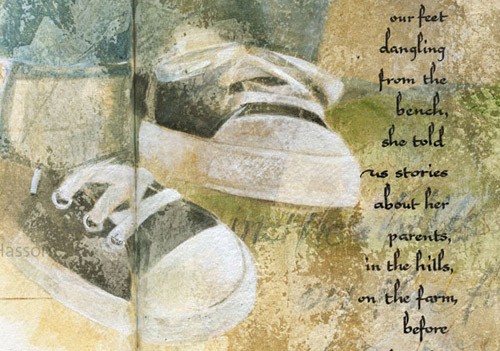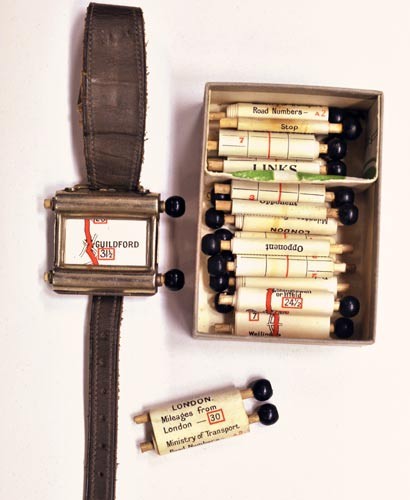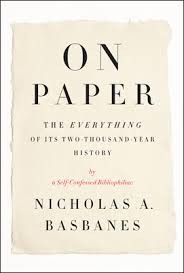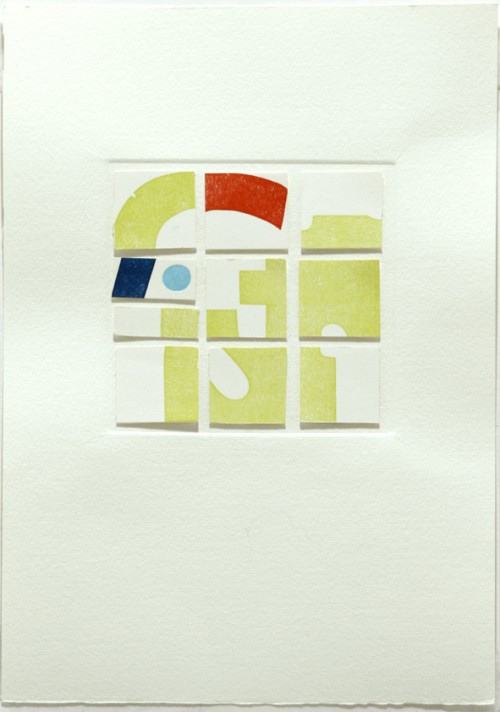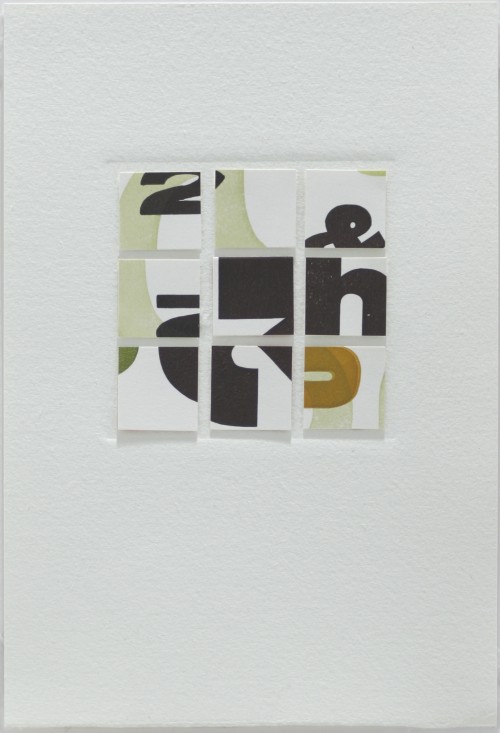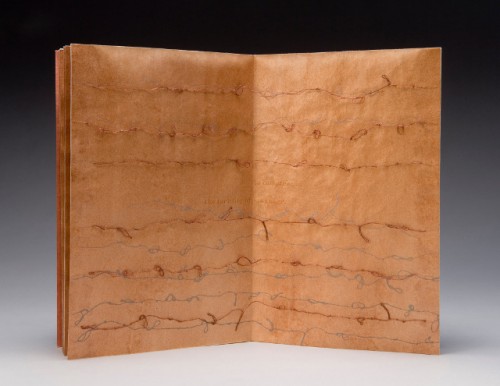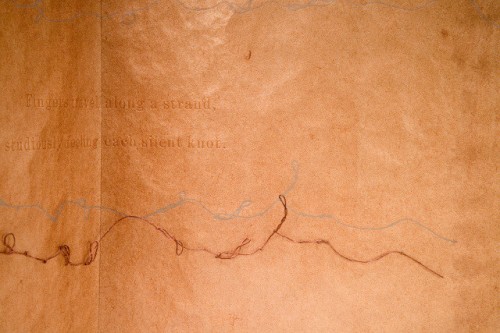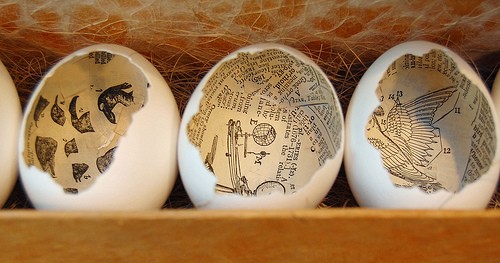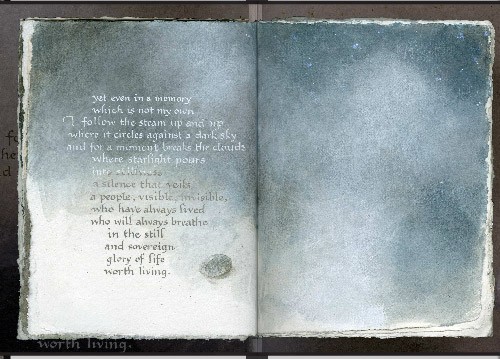
The speaker at this month’s Santa Fe Book Arts Group was Randall Hasson, a local painter and calligrapher. He took a semester course in Book Arts, where the goal was to create a book in InDesign and publish it on Blurb. He decided his book would be a collaboration with a poet friend, Chris Baron. While Hasson had been working on his ideas for combining painting and calligraphy in bound journals, he apparently hadn’t done anything with sequential, related pages. In his lecture, Hasson talked about the 2 poems he’s done thus far, taking us through his design decisions, materials, techniques and research into the imagery he would use. You can see the first poem on Blurb here.
![]() I found the second poem (a piece of a spread is shown below and there’s another spread here), much more compelling. In both pieces, it was interesting to see how his background in calligraphy informed the page layout.
I found the second poem (a piece of a spread is shown below and there’s another spread here), much more compelling. In both pieces, it was interesting to see how his background in calligraphy informed the page layout.
